
We bring together Colour Consultations and
Unique Scarves in Natural Materials for the Natural You
Colour Analysis - What is it all about?
"Discovering a Palette of colours to wear, that is in perfect harmony with your own unique natural colouring.
Working with Mother Nature - Your Personalised Colour Palette, in colours of the ultimate hues, value and chroma will effortlessly enhance your true beauty."
Karen Beck – Entulisso’s CEO
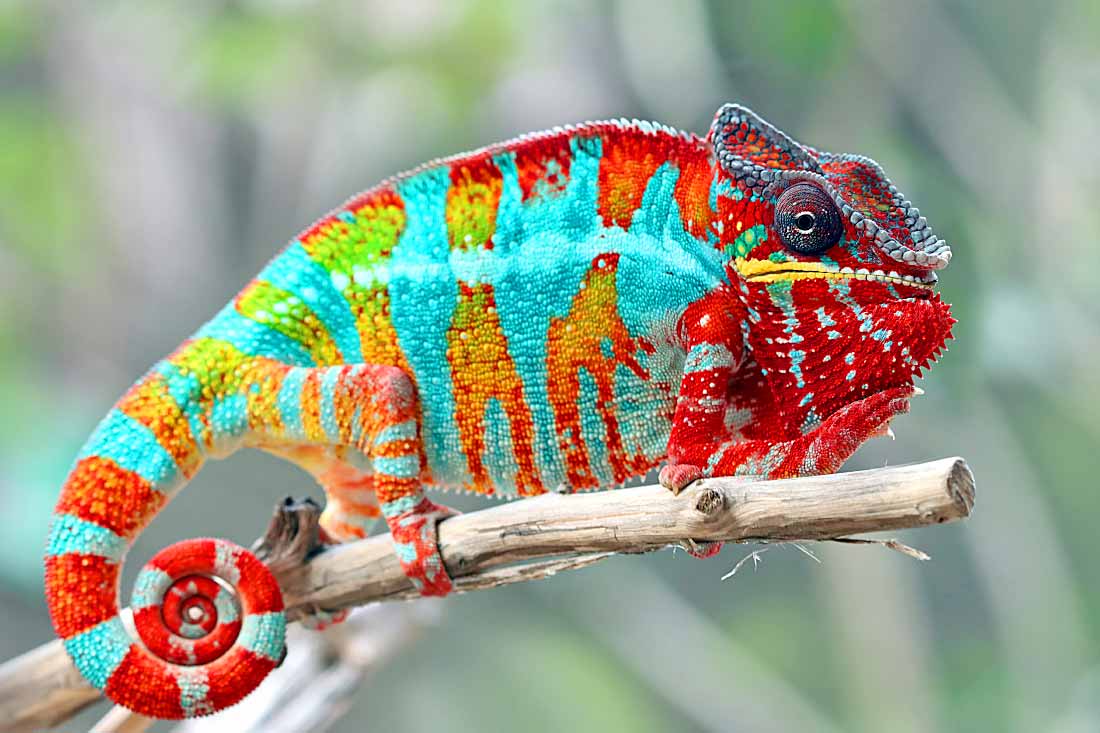
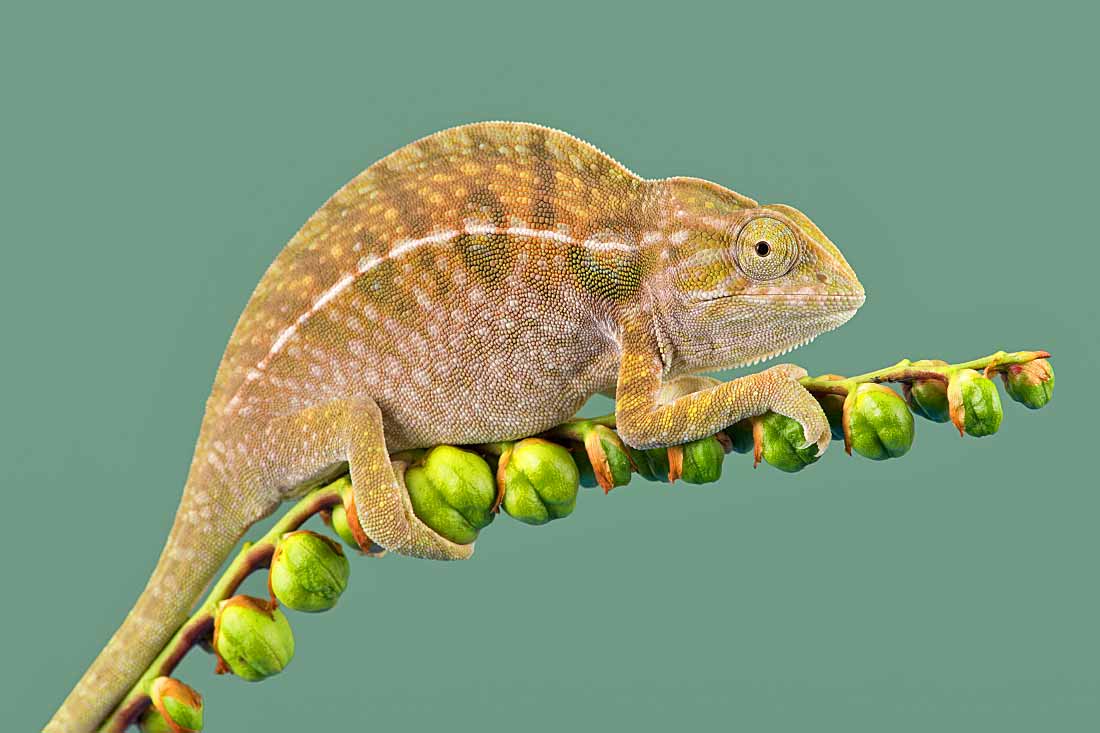
Colour affects all of us, every day even though we may not be aware of it...
Colour is magical and powerful; you only have to think of a chameleon to know this is true.
Unlike us, the chameleon can rapidly change the colour of its skin to mirror it surroundings. Although we do have the ability to change our hair colour and what we wear, to reflect our own personality, we cannot permanently change the colour of our eyes and skin. What we can do though is to learn more about our own unique colouring- that with which we are born and does not change appreciably for the duration of our lives. The study of our skin, hair and eye colour in relation to deciding what colours would suit us best is often referred to as Colour Analysis. Delete this (the term first appeared in the 1970’s).
The process of Colour Analysis involves an in-depth study of skin undertone, eye and hair colour by way of the draping of fabrics under the face to see what effect the different colours have on the face. The effects can be quite dramatic or subtle but there will always be a set of ‘best colours’
The outcome of undergoing Colour Analysis can be literally life changing.
Entulisso’s Colour System
If you already know what Colour Analysis is then read on, if not please scroll further down the page
Entulisso has a novel approach to Colour Analysis, which goes at least one step further than most systems on the market. Our system offers a bespoke personalised service that combines the best of all the knowledge that is available, delivering the most accurate ‘colour palette’ possible. We do not pigeon hole you in to a broad category and send you away with a ‘generic’ set of colour swatches, instead we tailor our analysis to suit the characteristics of, YOU, the individual.
Still working with four main categories for ease of understanding of the process, Entulisso has introduced new terms for the categories that have been used for Colour Analysis. The well-known approach to using ‘Seasons’ (Spring/Summer/Autumn/Winter) works well and makes sense if you live in Europe or America. However, it makes no sense at all if you live in the southern hemisphere
I much prefer to base our broad Categories on the ancient elements of Earth. Wind (Air). Fire (Sun) and Water as they are universally understood.
As part of any Colour Analysis Package, we also offer in-depth eye pattern analysis, which is very useful tool for refining your personalised colour palette
Light/Medium
Medium/Dark
Air
(Cool/Soft)

Sun
(Warm/Bright)

Water
(Cool/Bright)

Earth
(Warm/Soft)

Air
For those that are Light, Soft and Cool we would choose colours from this fan
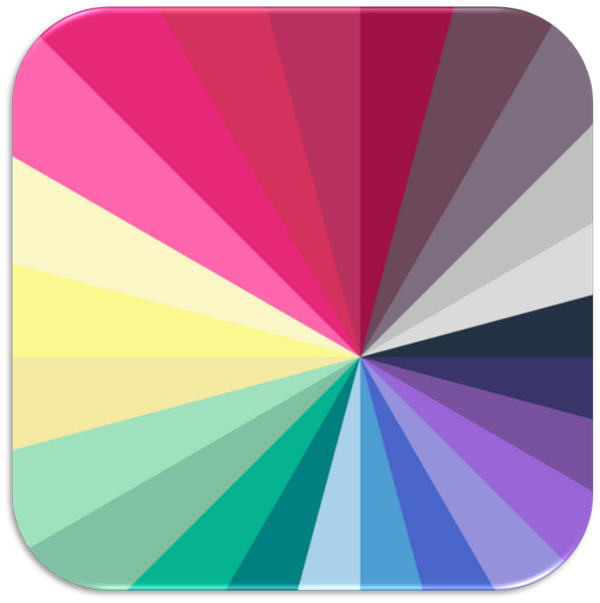
Sun
For those that are Light, Bright and Warm we would choose colours from this fan
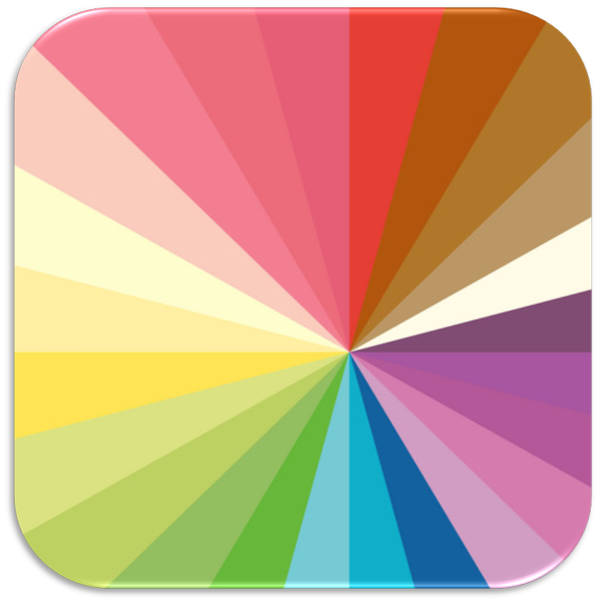
Water
For those that are Dark, Bright and Cool we would choose colours from this fan
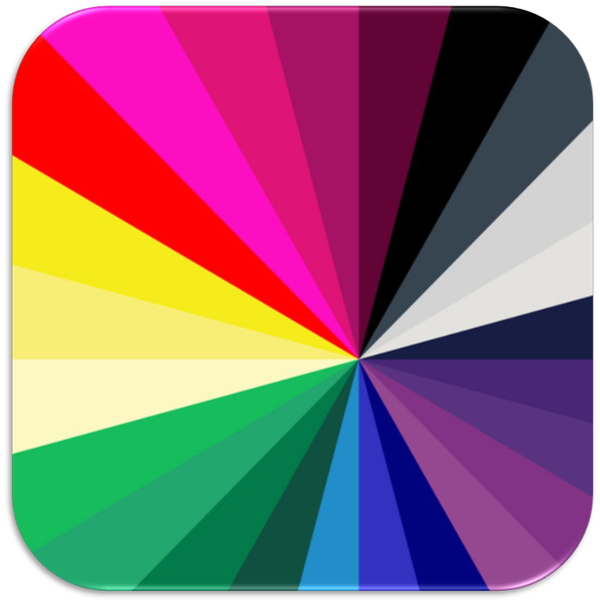
Earth
For those that are Dark, Soft and Warm we would choose colours from this fan
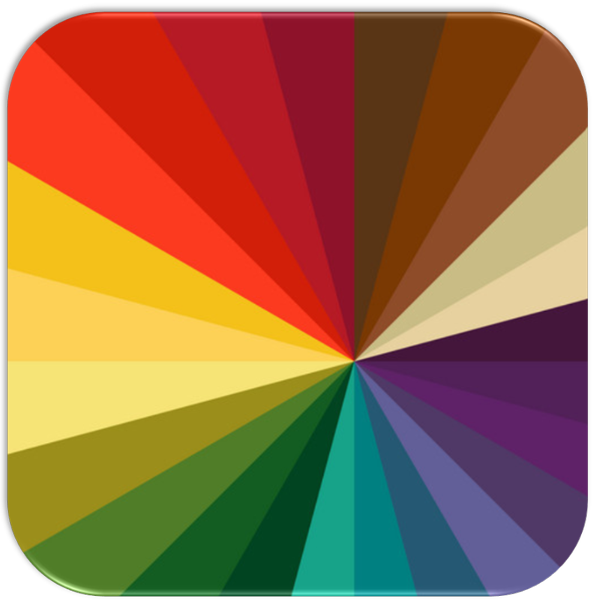
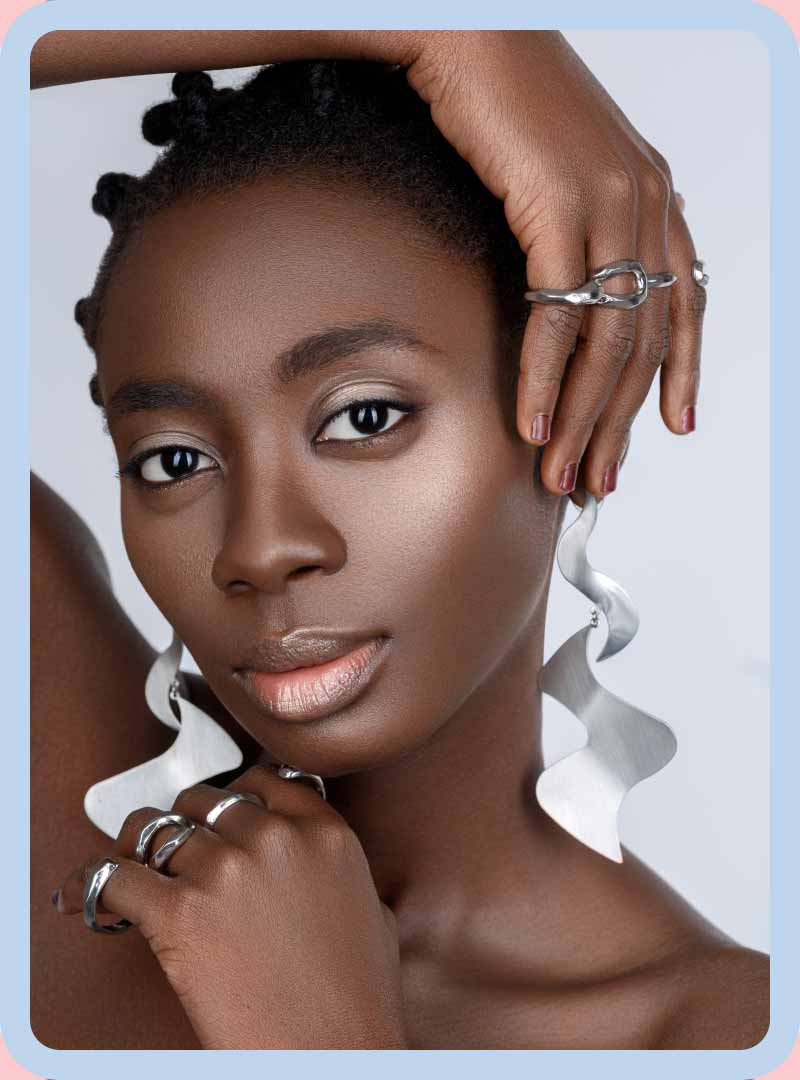
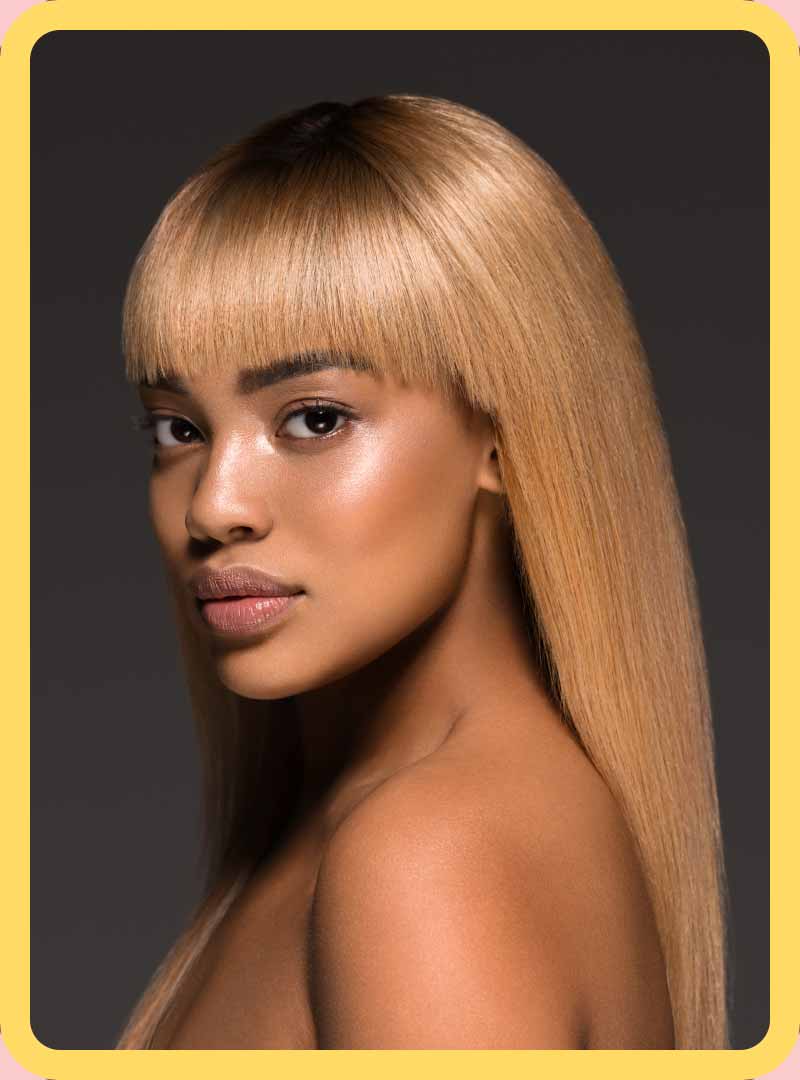
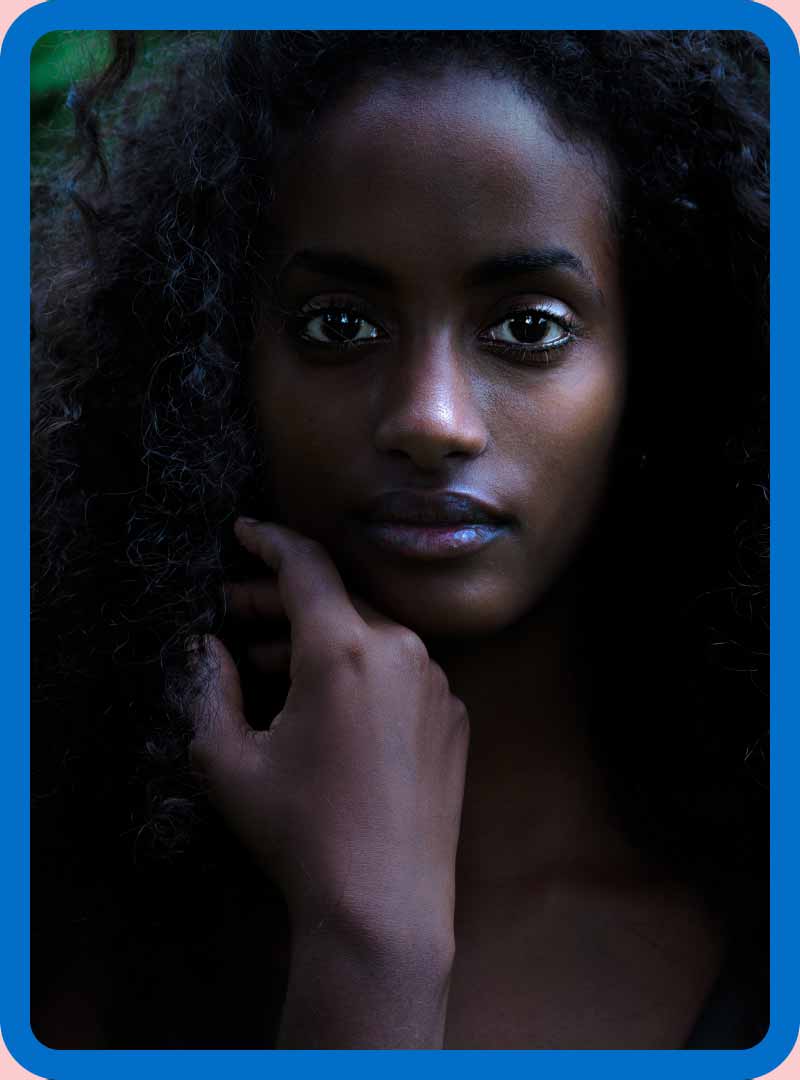
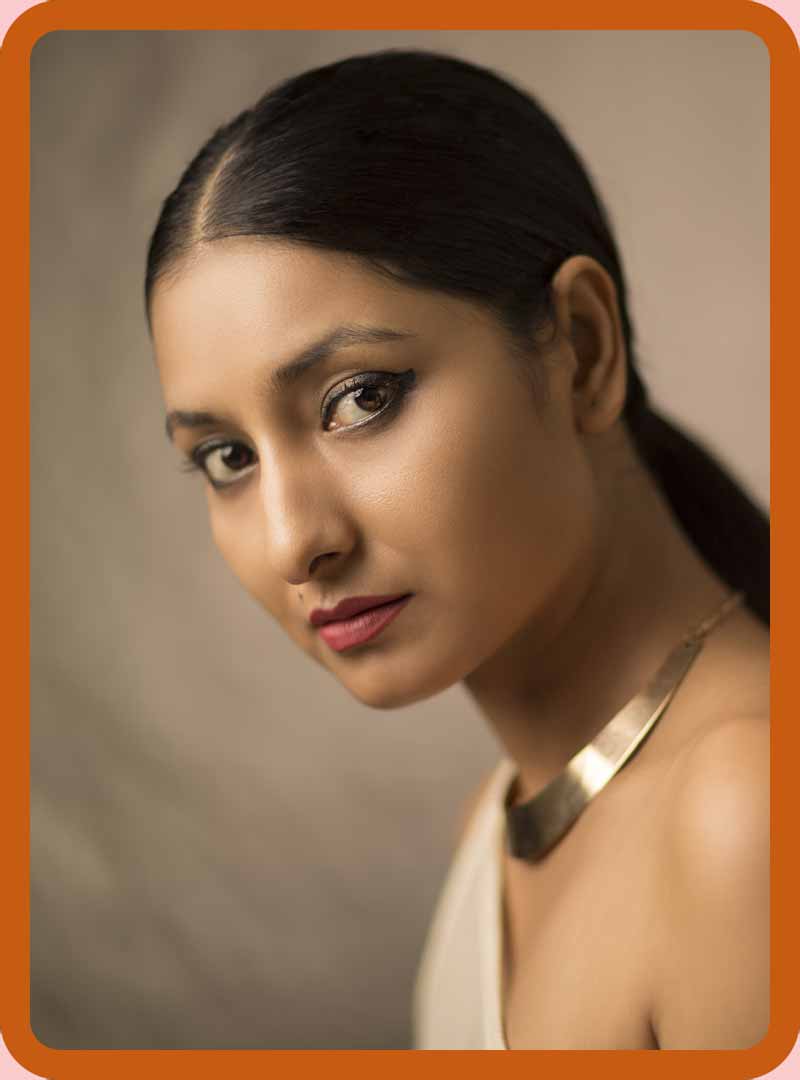
Background
I do not propose to give a full history lesson on the development of Colour Analysis, even though it is very interesting, as you are here to find out what impact it can have on your life. I am going to describe only what I feel is relevant.
Colour has been studied over millennia in many different ways by artists, designers, philosophers and chemists. It has been wielding its power over us all for time immemorial.
I am going to talk mostly about an American artist, Albert Munsell, who was a professor of art at the Massachusetts Normal Art School. He wanted to create a rational way to describe colour that would use decimal notation instead of colour names. He published his work in 1950. His work forms the basis of all Colour Analysis systems throughout the world
He defined colours based on three attributes; Value, Hue and Chroma
Below are two visual representations of Munsell’s work
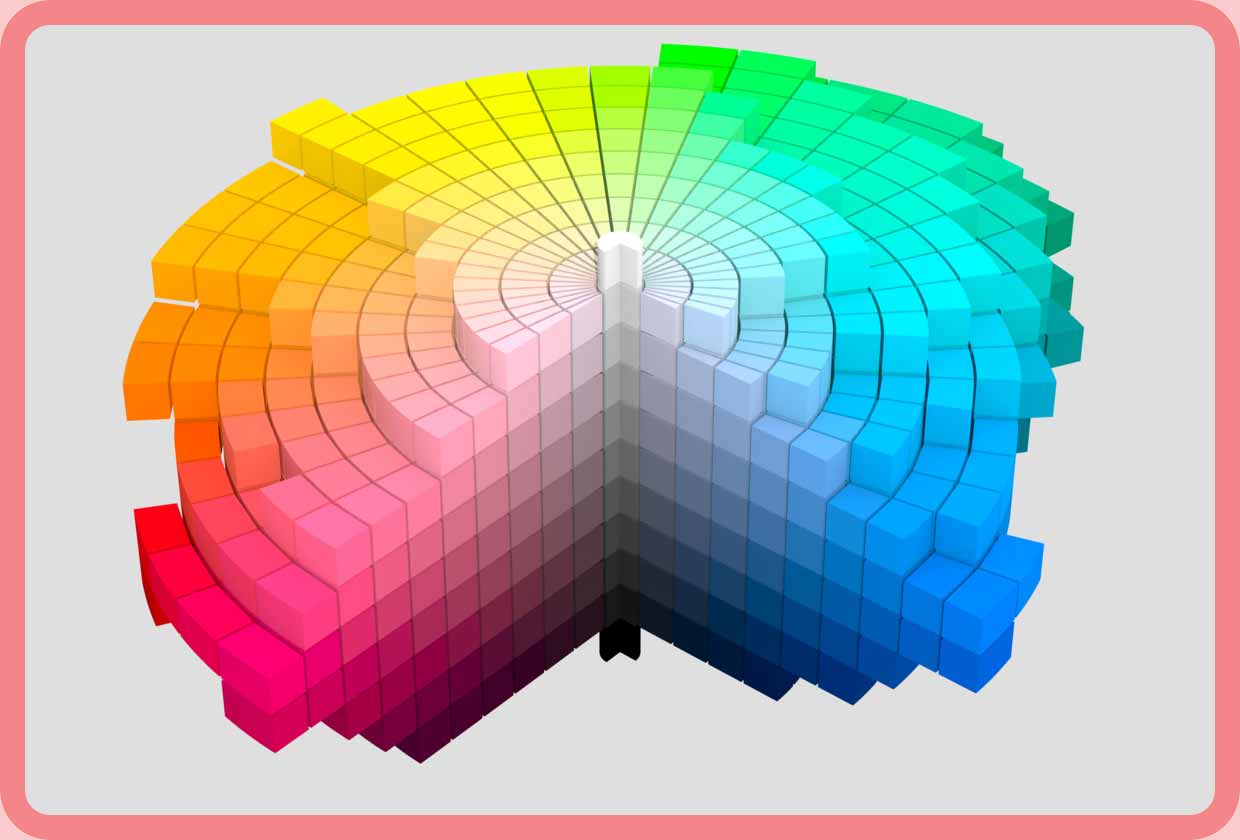
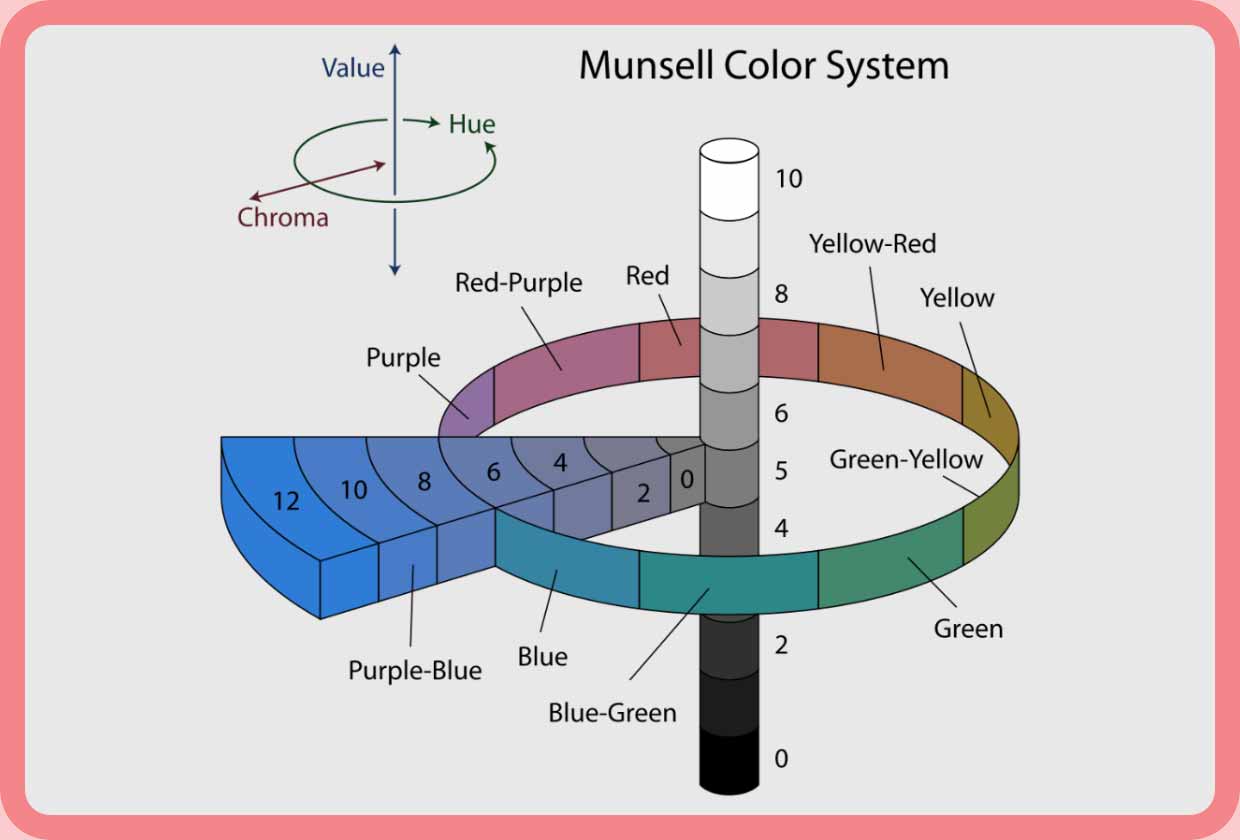
Value
The value changes from bottom to top – going from dark (0-black) to light (10-white).
Chroma
The chroma changes from outside to inside– going from brightest (fully saturated) to muted (addition of black, white or grey).
Hues
Hues are the actual colours which we give descriptive words to like yellow or blue and can be seen going round in circles. The hues fall in to two categories with a roughly equal 50:50 split between – Warm and Cool colours
Munsell’s colour system was adopted for use by Image Consultants and became the basis of the craze that swept across the USA and then on to the UK in the 1980s for ‘having your colours done’.
Colour Analysis was born
Pulling it all together
Building on Munsell’s work we can see that for each person that undergoes Colour Analysis we need to consider the Value, Chroma and Hue of their skin (undertone), hair and eye colouring and define points along the sliding scales shown below.
There is no science involved in this, it is a matter of judgement and needs a skilled eye to get it right.
Value
We determine the depth or Value of your colouring for your Skin undertone, Hair and Eyes
Dark
Dark/Medium
Medium
Medium/Light
Light
Chroma
We study the intensity of your overall colouring which determines the level of saturation or Chroma of the colours that you will look good in. Again, we look at Skin, Hair and Eyes
In between
(fully muted) Muted/Soft
Hue
We determine the ‘temperature’ or Hue of your Skin undertone, Hair and Eyes
Cool
Neutral/Cool
Neutral
Neutral/Warm
Warm
Simple?? No not at all.
As you can imagine there are an infinite number of combinations of results that can be obtained by looking at the Value, Hue and Chroma of your Skin, Hair and Eyes but to simplify matters we will be seeking a broad Category to place you in, and then further refine the colour fan in that category to those that suit you the best.
As the categories don’t have strictly defined boundaries it is easy to flow from one to another. The end result will be your own personalised set of ‘best’ colours.
“Beauty begins the moment you decide to be yourself”
Coco Chanel
My own good fortune
I was lucky enough to have ‘my colours done’ by UK’s leading Image Consultant, Carolyn Miller in Muswell Hill, London in the 1980’s.
A few years following my own ‘analysis’ I attended a Colour Me Beautiful Training programme.
Since then, nothing has changed and everything has changed
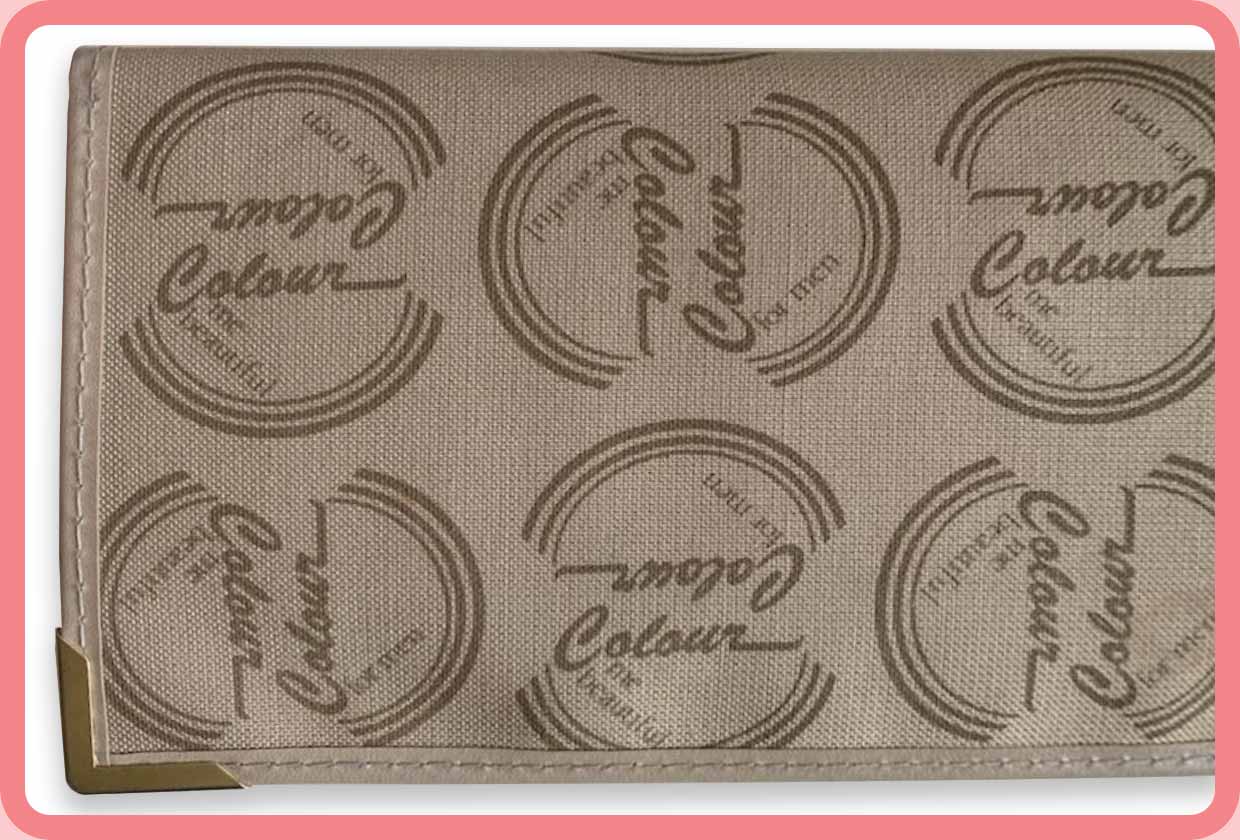
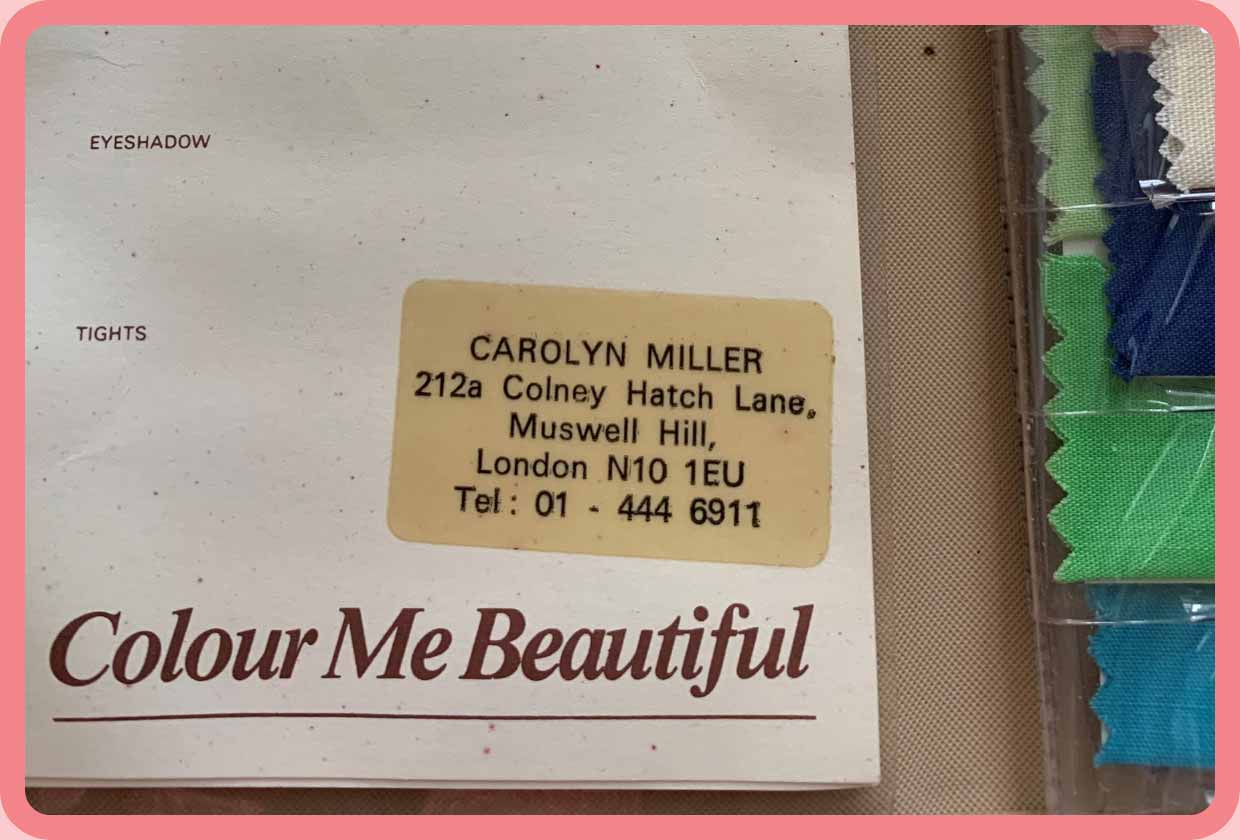
Benefits
Once you know which colours bring out the best of your natural attributes, shopping for clothes is so much easier. It saves money as you are unlikely to by an item that does not go with anything else in your wardrobe. You will glow when you are wearing your colours and compliments will flow. Most importantly it brings confidence
“Beauty begins the moment you decide to be yourself”
We carry out Colour Analysis on men, women and children from all walks of life

Colour Analysis Packages
Silver Package (On line) - £150
- An extensive online report giving information on:
- The history of Colour Analysis and where we are today including an explanation of the variety of ‘systems’ on the market
- Relevant information of colour theory/the colour wheel and how they relate to Colour Analysis
- The results of my analysis and how I arrived at my conclusions using:
- Eye colour and patterns using a library of real eye pictures
- Skin undertone using Photoshop and your own photos
- Hair colour by comparison with my human hair samples
- Contrast level using Greyscale
- A personalised e-palette of your best colours graded from ‘very best’ to ‘wearable’ plus information on colours to stay away from
- A ‘collage’ of items in your best colours so you can visualise your palette
- Advice on the levels of contrast that would be best on you. For example, High contrast – Black and White. Low contrast – Monochromatic
- A Lip-glaze (worth £14) in a colour to suit you, to start you on your journey with your new colours.
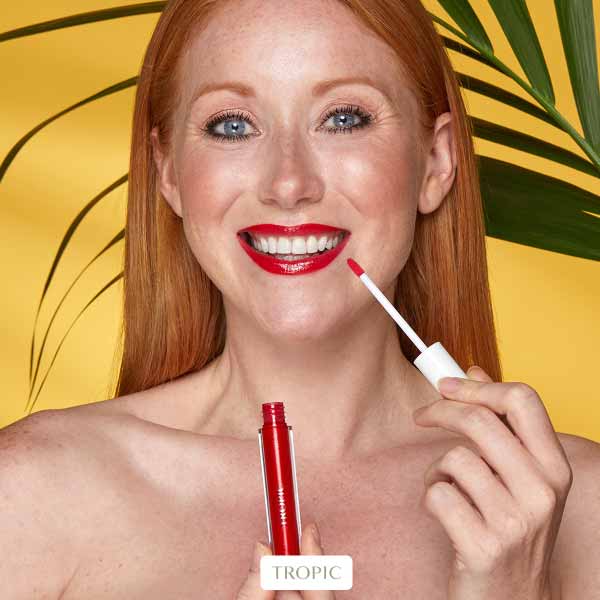
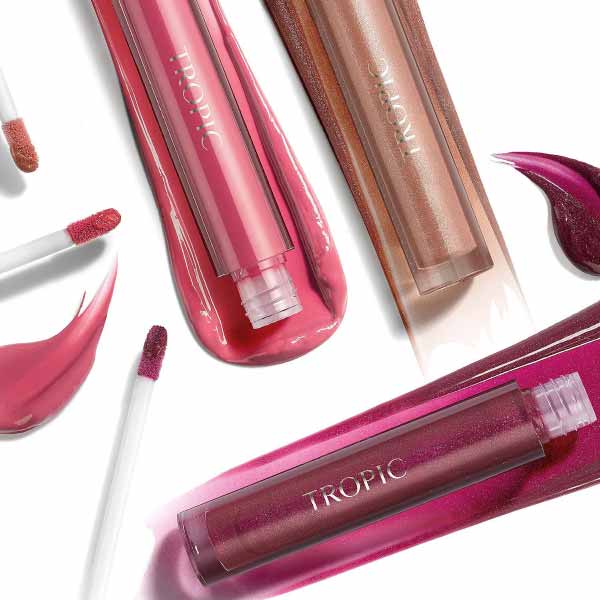
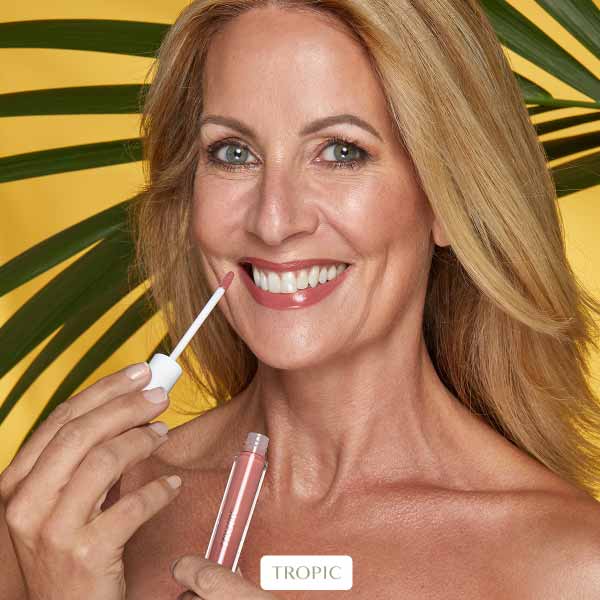
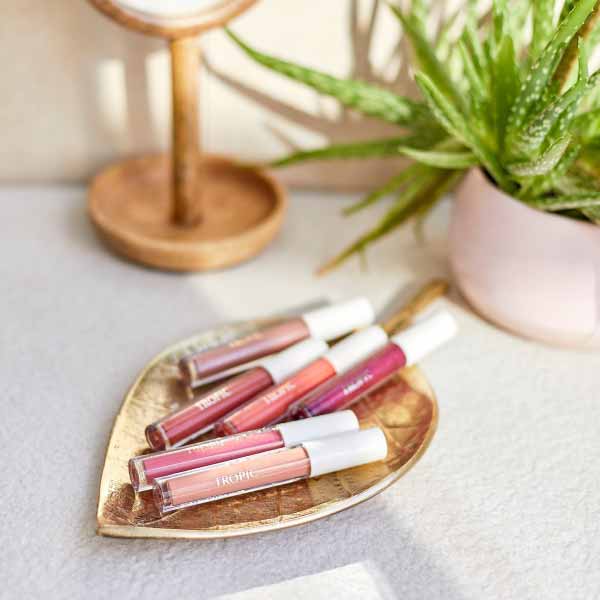
Gold Package (Online) - £250
- Everything in the Silver Package plus:
- An Entulisso scarf or wrap in one of your best colours, in a style of your choice (from a selection of Entulisso stock – please see entulisso.co.uk) - worth at least £100.
- Additional information on best makeup for your colouring with Brand suggestions and make up tips that are age appropriate
- Follow up call of approximately 30 minutes to explain the report in detail
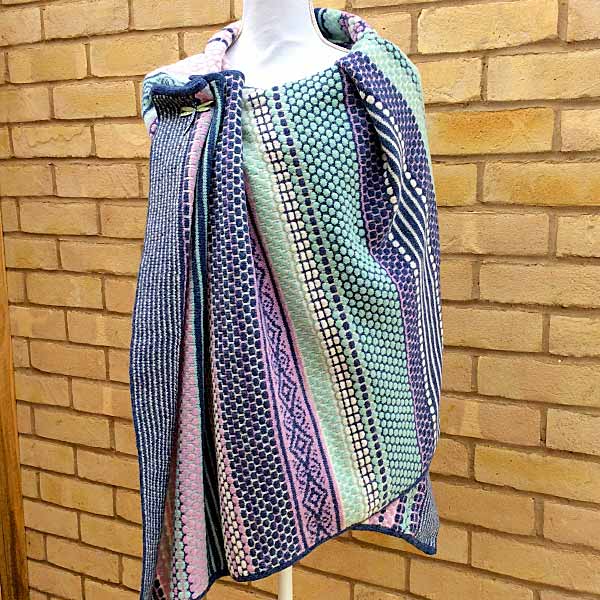
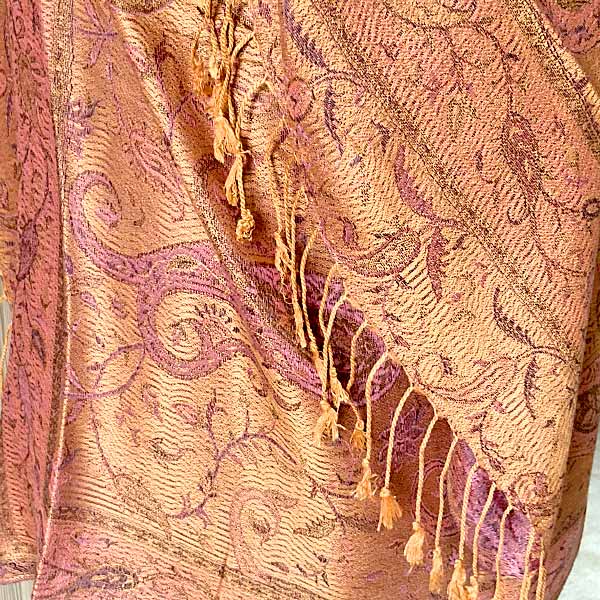
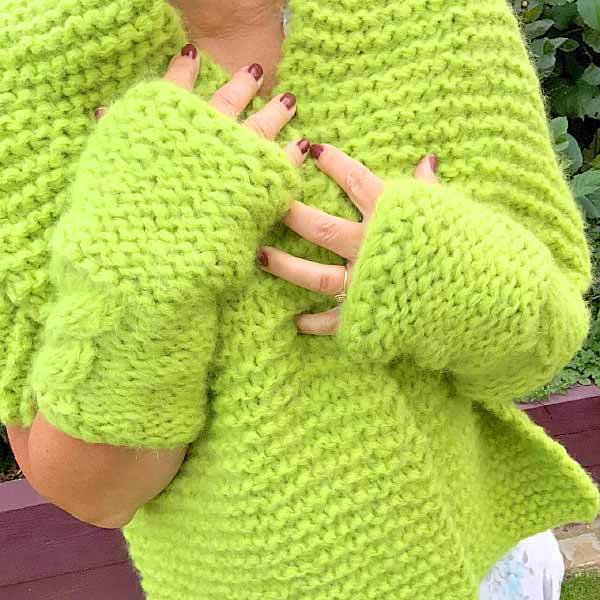
Platinum Package (Online) - £300
- Everything in the Gold Package plus:
- A personalised Makeup Palette in your colours (with a 30-day money back guarantee for the make-up) if you don’t like it
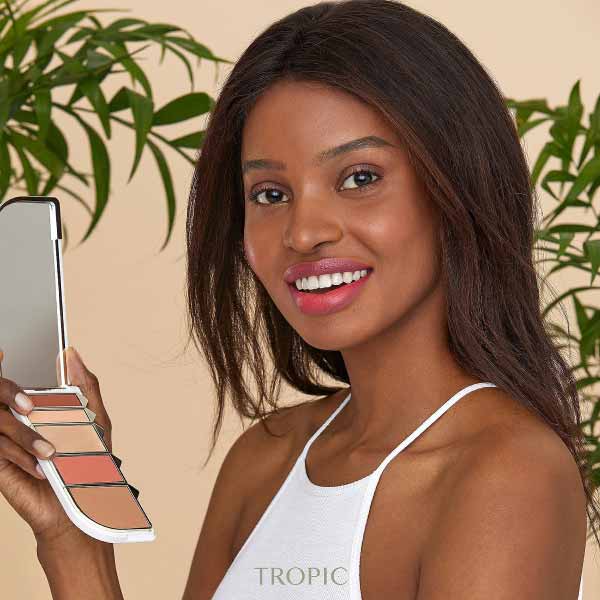
With all Packages there is the option to purchase a Colour Fan, Colour swatch book (fabric) and/or a Colour Wheel for your set of colours, after receipt of the Report, at a cost of £25 to £50 (depending on which item is chosen)
Face to Face Analysis from 17th May (£POA)
Legal Information & Privacy © Entulisso 2018
